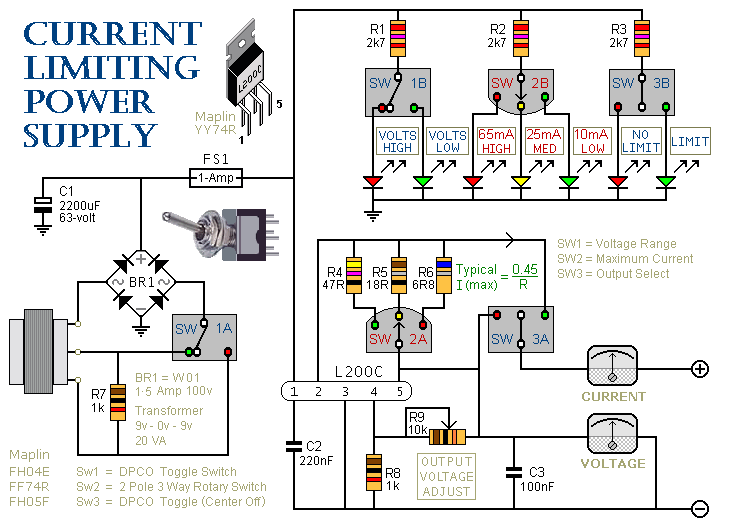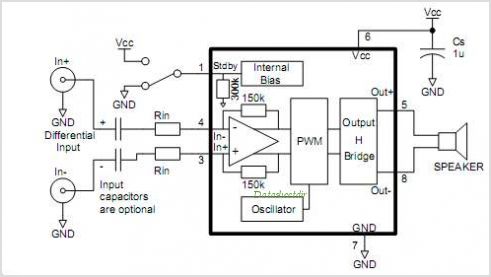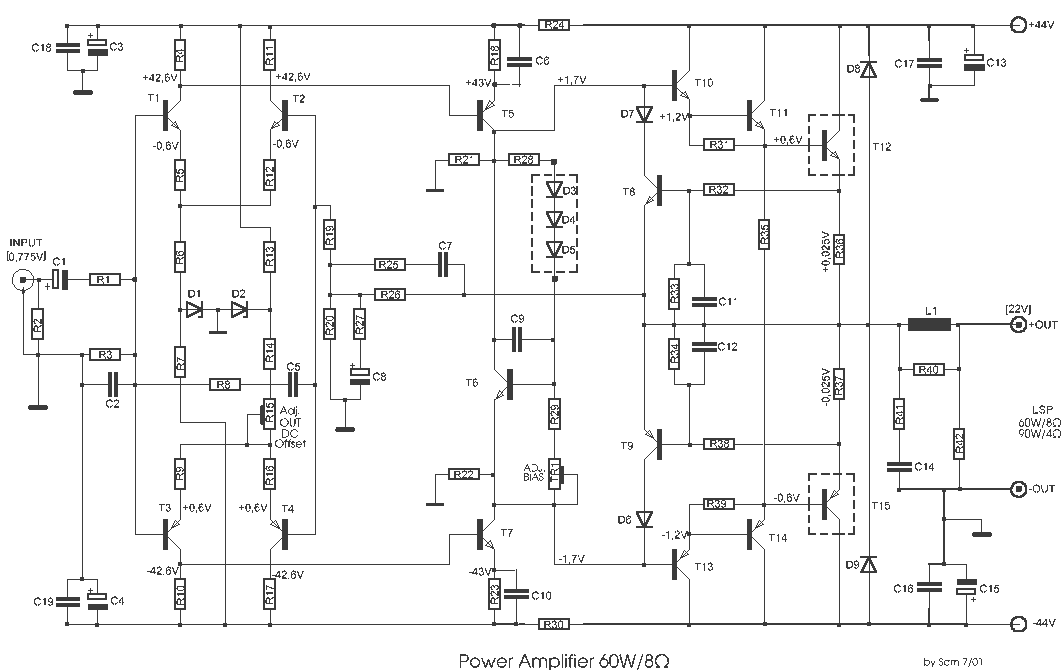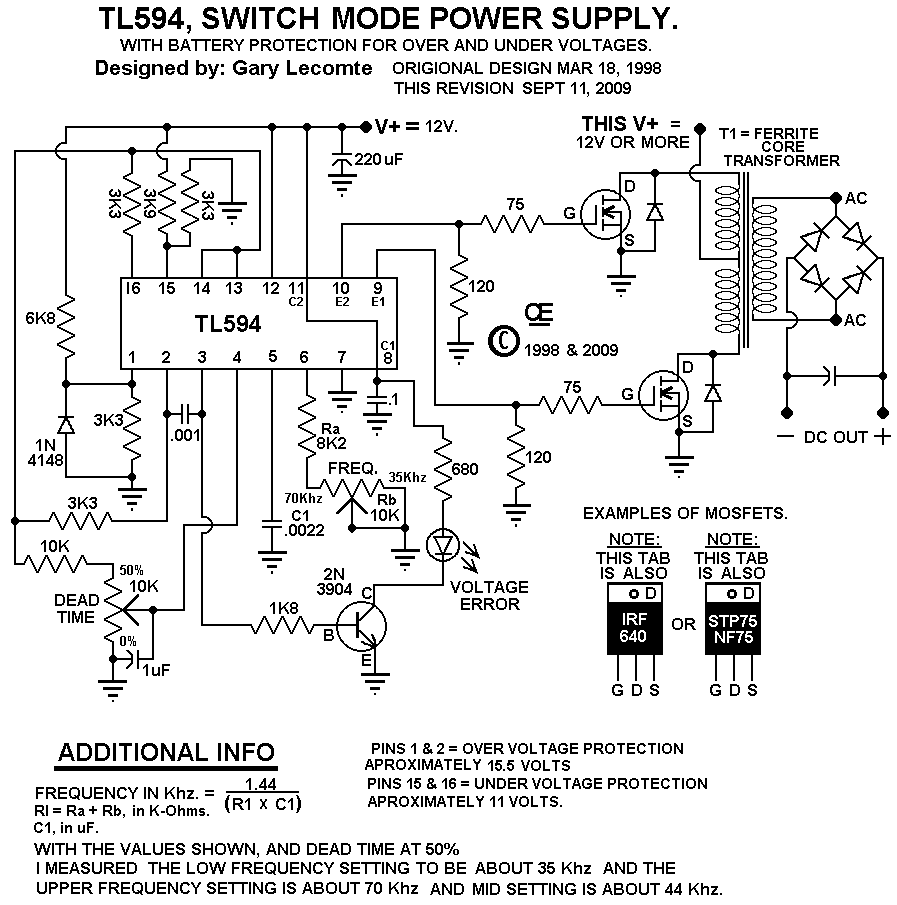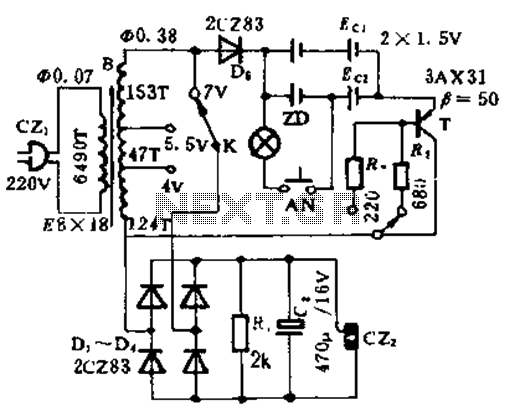
miniature wireless power demonstrator

Wireless power was introduced at a young age, alongside the discovery of Tesla coils. The initial understanding focused on capacitively coupled wireless power transfer and Tesla's vision for its implementation using Tesla coils. Consequently, early experiments primarily involved capacitive coupling.
Wireless power transfer (WPT) is a method of transmitting electrical energy from a power source to an electrical load without interconnecting wires. This technology has gained traction due to its potential applications in various fields, including consumer electronics, electric vehicles, and medical devices. The fundamental principle behind WPT is the use of electromagnetic fields to transfer energy.
Capacitive coupling is one of the techniques employed for wireless power transfer. In this method, two conductive plates are separated by a dielectric material. An alternating current (AC) signal applied to one plate creates an electric field that induces a voltage in the second plate, allowing power to be transferred across the dielectric barrier. The efficiency of this transfer depends on several factors, including the frequency of the AC signal, the distance between the plates, and the characteristics of the dielectric material.
Tesla coils, invented by Nikola Tesla, are resonant transformers that produce high-voltage, low-current, high-frequency alternating current electricity. They operate on the principle of resonant inductive coupling, where energy is transferred between two coils tuned to the same resonant frequency. This method allows for efficient energy transfer over relatively long distances compared to capacitive coupling.
In practical applications, capacitive coupling can be advantageous for low-power devices, such as wireless charging pads for smartphones or other small electronics. The design of a capacitive coupling system involves selecting appropriate materials for the plates and dielectric, determining the optimal frequency for energy transfer, and ensuring safety measures are in place to prevent electric shock or damage to sensitive components.
Overall, the exploration of wireless power transfer technologies, including capacitive coupling and resonant inductive coupling through Tesla coils, continues to evolve, promising innovative solutions for energy distribution in the modern world.I came to know of wireless power at a quite young age, at the same time I first learned about Tesla coils. Naturally, I first understood the concept of capacitively coupled wireless power transfer, and how Tesla planned to do it with Tesla coils.
Hence some of my first experiments were actually capacitive coupling,.. 🔗 External reference
Wireless power transfer (WPT) is a method of transmitting electrical energy from a power source to an electrical load without interconnecting wires. This technology has gained traction due to its potential applications in various fields, including consumer electronics, electric vehicles, and medical devices. The fundamental principle behind WPT is the use of electromagnetic fields to transfer energy.
Capacitive coupling is one of the techniques employed for wireless power transfer. In this method, two conductive plates are separated by a dielectric material. An alternating current (AC) signal applied to one plate creates an electric field that induces a voltage in the second plate, allowing power to be transferred across the dielectric barrier. The efficiency of this transfer depends on several factors, including the frequency of the AC signal, the distance between the plates, and the characteristics of the dielectric material.
Tesla coils, invented by Nikola Tesla, are resonant transformers that produce high-voltage, low-current, high-frequency alternating current electricity. They operate on the principle of resonant inductive coupling, where energy is transferred between two coils tuned to the same resonant frequency. This method allows for efficient energy transfer over relatively long distances compared to capacitive coupling.
In practical applications, capacitive coupling can be advantageous for low-power devices, such as wireless charging pads for smartphones or other small electronics. The design of a capacitive coupling system involves selecting appropriate materials for the plates and dielectric, determining the optimal frequency for energy transfer, and ensuring safety measures are in place to prevent electric shock or damage to sensitive components.
Overall, the exploration of wireless power transfer technologies, including capacitive coupling and resonant inductive coupling through Tesla coils, continues to evolve, promising innovative solutions for energy distribution in the modern world.I came to know of wireless power at a quite young age, at the same time I first learned about Tesla coils. Naturally, I first understood the concept of capacitively coupled wireless power transfer, and how Tesla planned to do it with Tesla coils.
Hence some of my first experiments were actually capacitive coupling,.. 🔗 External reference
